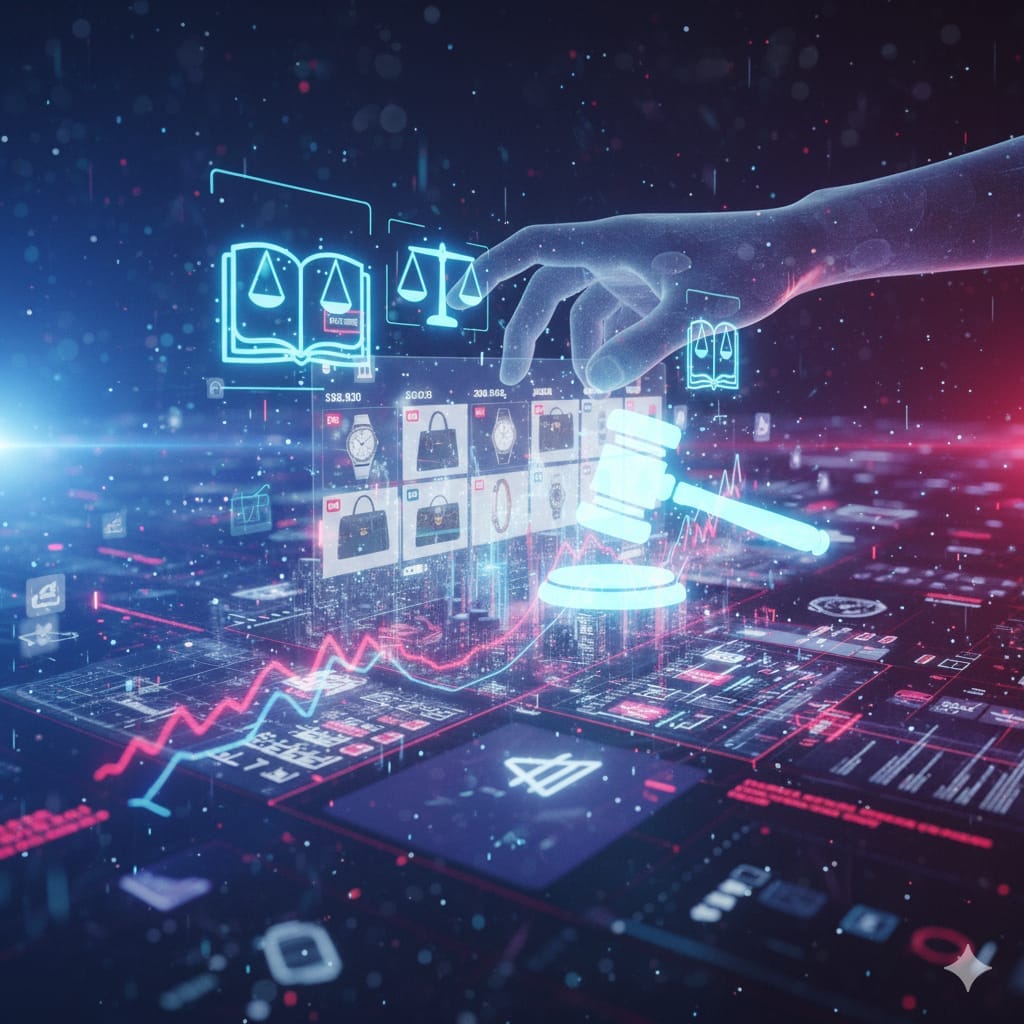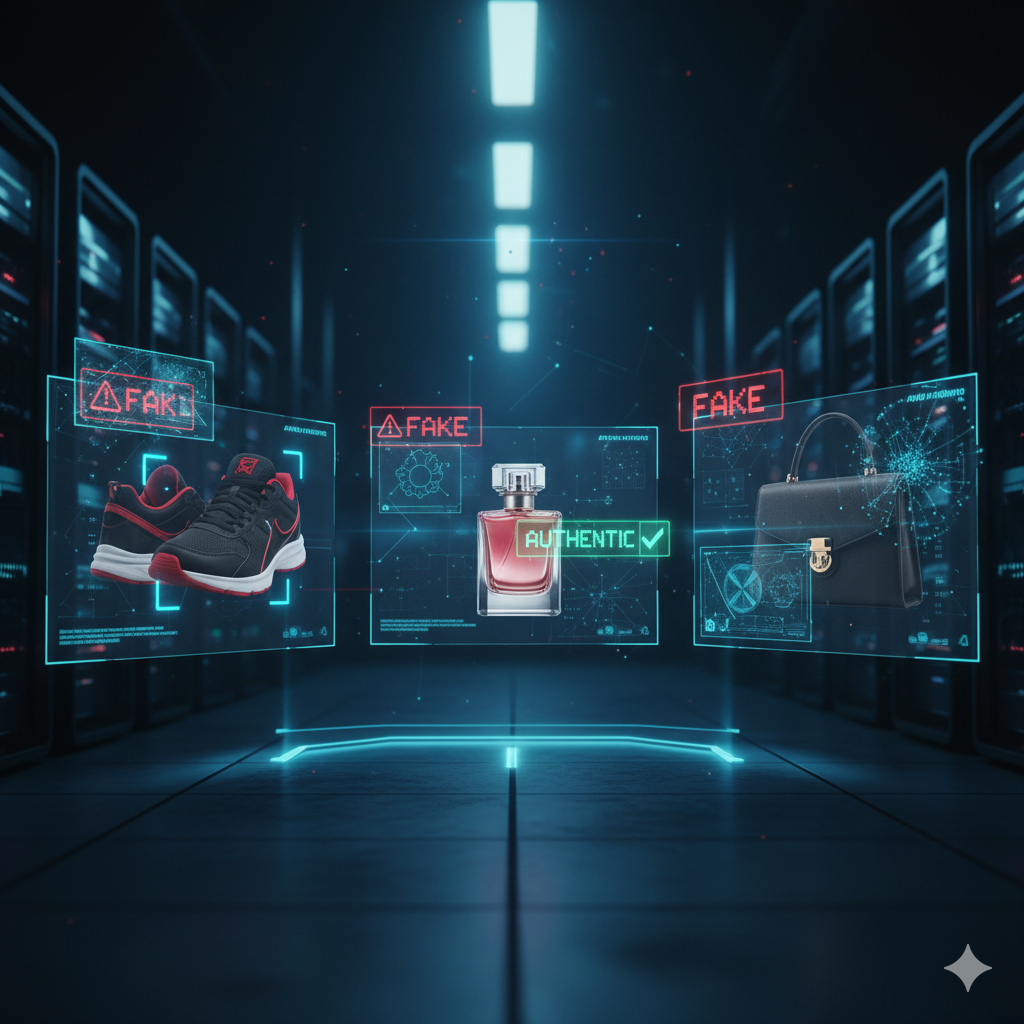Counterfeiting: The Rise of an Invisible Economy
Digital transformation has reshaped global commerce — and with it, the nature of counterfeiting.
Fake products no longer circulate only in hidden markets; they now thrive across e-commerce platforms, social media shops, and influencer-driven ads.
According to the European Union Intellectual Property Office (EUIPO), counterfeit trade drains more than €80 billion annually from the European economy, threatening legitimate businesses, governments, and consumers alike.
Today’s counterfeiters use digital manipulation, AI-generated visuals, and algorithmic advertising to blur the line between authentic and fake. The result? A legal and ethical crisis extending far beyond traditional enforcement borders.
Why the Law Is Struggling to Keep Up
Intellectual property law was designed for an era of physical goods, slow logistics, and traceable markets. But modern counterfeiting operates across a multi-layered digital ecosystem — from blockchain-based marketplaces to anonymous social commerce channels.
Legal frameworks such as Turkey’s Law No. 5651, the U.S. DMCA, and the EU Digital Services Act (DSA) are attempting to modernize online responsibility. Yet in practice, the gap between legal enforcement and technological speed remains vast.
While regulators debate accountability, counterfeiters adapt in real time — leveraging AI, cross-border payment systems, and micro-influencer marketing to stay one step ahead.
AI-Driven Enforcement: The New Legal Frontier
This gap between law and innovation is being bridged by technology. Artificial intelligence systems — from visual recognition models to large language models (LLMs) — now allow brands and legal teams to detect counterfeit listings across thousands of websites in seconds.
Beyond detection, AI also reshapes evidence collection. Automated timestamping, similarity scoring, and digital audit trails provide objective proof that strengthens enforcement actions.
Yet, new legal questions arise:
● Can AI-generated evidence be treated as admissible proof?
● Who bears responsibility for false positives — the brand, the platform, or the algorithm developer?
These debates are redefining IP law in both Europe and Turkey.
Brand Reputation: The New Dimension of Legal Protection
Protecting a brand today means safeguarding more than just its logo or trademark. Counterfeiting erodes consumer trust — the most intangible yet valuable asset of all.
Under the Turkish Industrial Property Law, "brand dilution" occurs when a trademark’s distinctiveness weakens. In the digital era, that dilution happens faster than ever. Deepfake marketing, synthetic influencer videos, and AI-generated product images amplify the threat.
As a result, law and technology must now collaborate to preserve digital authenticity — a new layer of brand identity.
Europe and Turkey: The Legal Landscape
Recent EUIPO and INTERPOL operations have uncovered more than €200 million worth of counterfeit goods originating from online sources alone.
In Turkey, specialized IP courts are increasingly handling online infringement cases, where digital footprints, screenshots, and data analytics reports are now accepted as valid evidence.
This marks a historic shift — the battleground against counterfeiting has moved from customs checkpoints toalgorithmic networks.
A Smarter, Safer Future
If technology enabled modern counterfeiting, it can also help defeat it. AI-powered monitoring, automated takedowns, and international legal collaboration are paving the way toward proactive brand protection.
This isn’t merely a software revolution — it’s a transformation of how law itself adapts to the digital era. The future belongs to brands that don’t just innovate, but protect what’s real.
#IntellectualProperty #Counterfeiting #AI #LegalTech #Ecommerce #BrandProtection #IPLaw #ArtificialIntelligence #DigitalServicesAct #RevenueRecovery





